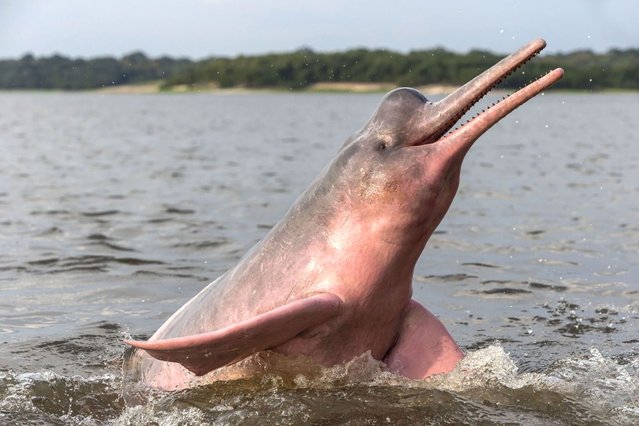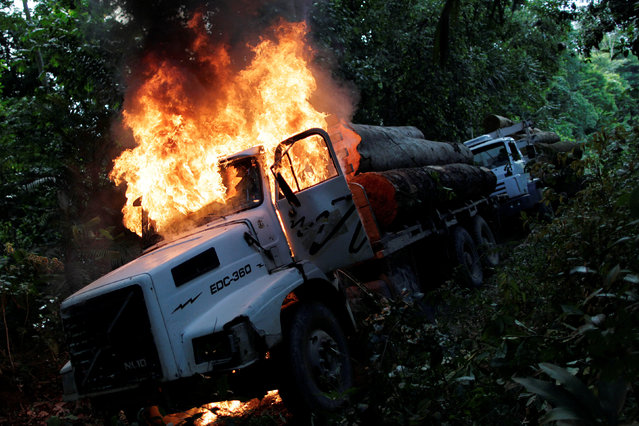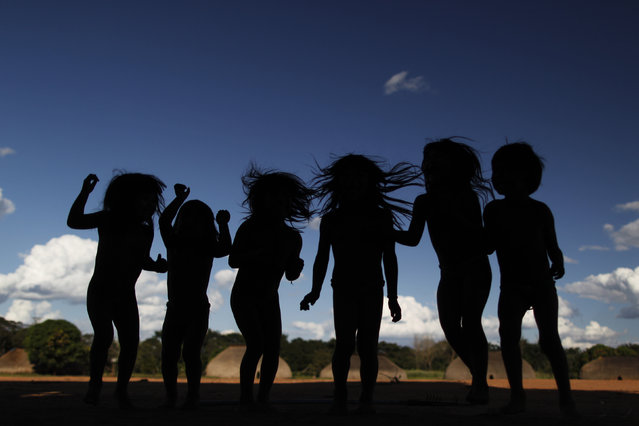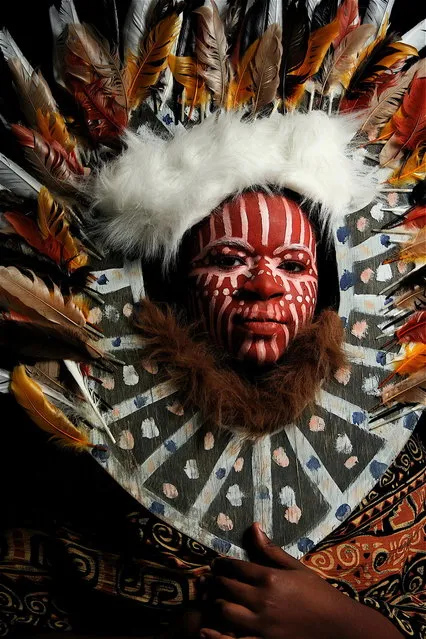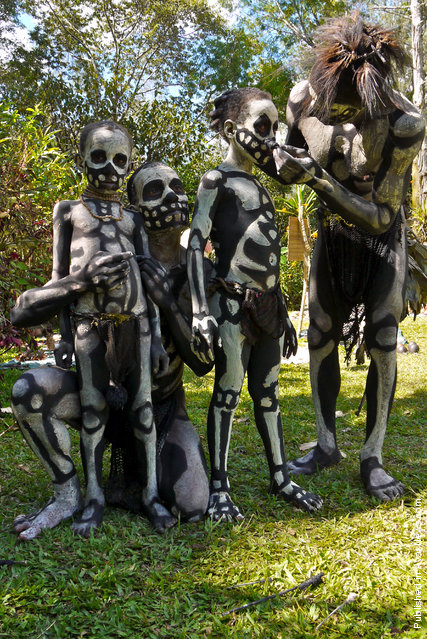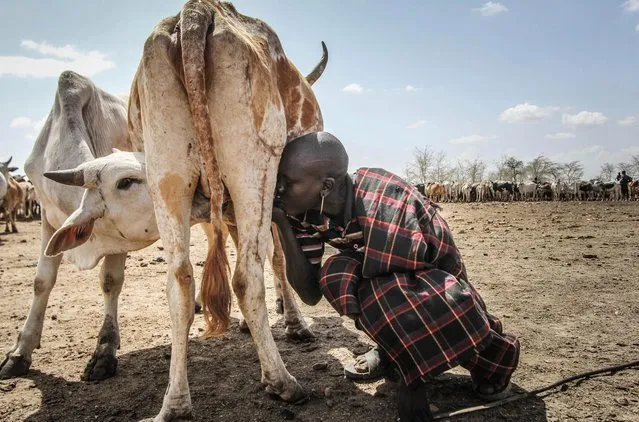
Amazon.com has recently revealed its annual Big Fall Books Preview, a way for its Book Editors to let avid readers discover the best upcoming releases for the 2014 Fall season. The list includes several highly anticipated titles, for every category of readers - from children and young adults to consumers of hard, quality writings.
16 Sep 2014 10:51:00,post received
0 comments

